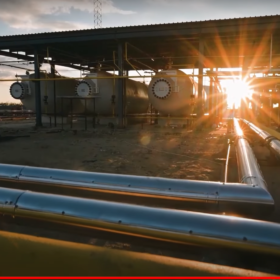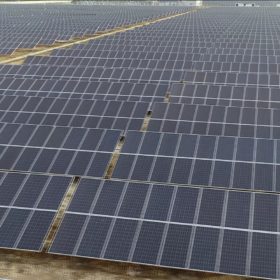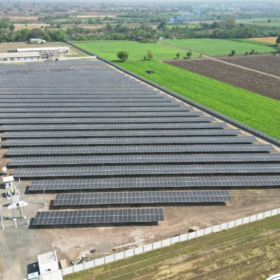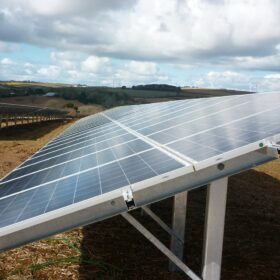The Hydrogen Stream: SECI invites proposals to develop green hydrogen hub infrastructure
Solar Energy Corp. of India (SECI) has invited proposals to develop the core infrastructure required for setting up of green hydrogen hubs under the National Green Hydrogen Mission. Bidding closes on Oct.7.
The Hydrogen Stream: Clean ammonia supplies set to soar, says BNEF
BloombergNEF says clean ammonia supplies could expand by 30 times to 32 million tons by 2030, while MAX Power Mining has roughly tripled the size of its Rider Natural Hydrogen Project in western Canada.
The Hydrogen Stream: Hygenco signs MoU with Mitsubishi Power for green hydrogen-fired GTCC power plants
Hygenco Green Energies and Mitsubishi Power have joined hands for delivering green hydrogen-/ammonia-fired gas turbine combined cycle (GTCC) power plants. Hygeno will develop and deploy green hydrogen and green ammonia production assets to supply green fuel for Mitsubishi Power’s GTCC technology to the potential customers.
H-TEC to start 1 GW PEM electrolyzer production in September
H-TEC will be able to produce more than 1 GW of electrolyzers starting next year. “We installed the first production lines and will have our official opening in September this year,” Maximilian Kuhnert, sales manager at H-TEC, told pv magazine.
The Hydrogen Stream: Rolls-Royce, TCS collaborate on hydrogen research programme
Tata Consultancy Services (TCS) has expanded its partnership with Rolls-Royce to research hydrogen fuel system technology for enabling use of hydrogen in aviation.
The Hydrogen Stream: Maire’s Tecnimont, Nextchem awarded engineering design study for a green ammonia plant in India
Tecnimont will carry out an engineering design study for a 200,000 metric ton-per-year green ammonia plant. Nextchem will provide its digital tool, ArcHy, to optimize renewable power usage, resulting in capex and opex efficiency of the plant lifecycle and minimizing the cost of ammonia.
The Hydrogen Stream: India’s second electrolyzer tender attracts proposals for more than 2.8 GW
India’s second 1.5 GW electrolyzer manufacturing tender under production-linked incentives scheme has attracted bids from 23 companies for a cumulative annual capacity of 2,847 MW.
The Hydrogen Stream: India issues guidelines for funding of testing facilities under the National Green Hydrogen Mission
The funding scheme, with a total budgetary outlay of INR 200 crore till FY 2025-26, will support the development of robust quality and performance testing facilities to ensure quality, sustainability, and safety in green hydrogen production and trade.
The Hydrogen Stream: AM Green, SJVN sign 4.5 GW renewables deal for green ammonia facilities
SJVN will set up 4.5 GW of renewable energy capacity to power AM Green’s upcoming green ammonia facilities.
The Hydrogen Stream: Hygenco secures green ammonia offtake agreement with Ameropa
India’s Hygenco Green Energies has signed a term sheet with Switzerland’s Ameropa for the potential supply of green ammonia from its forthcoming project at the Gopalpur port in Odisha.














